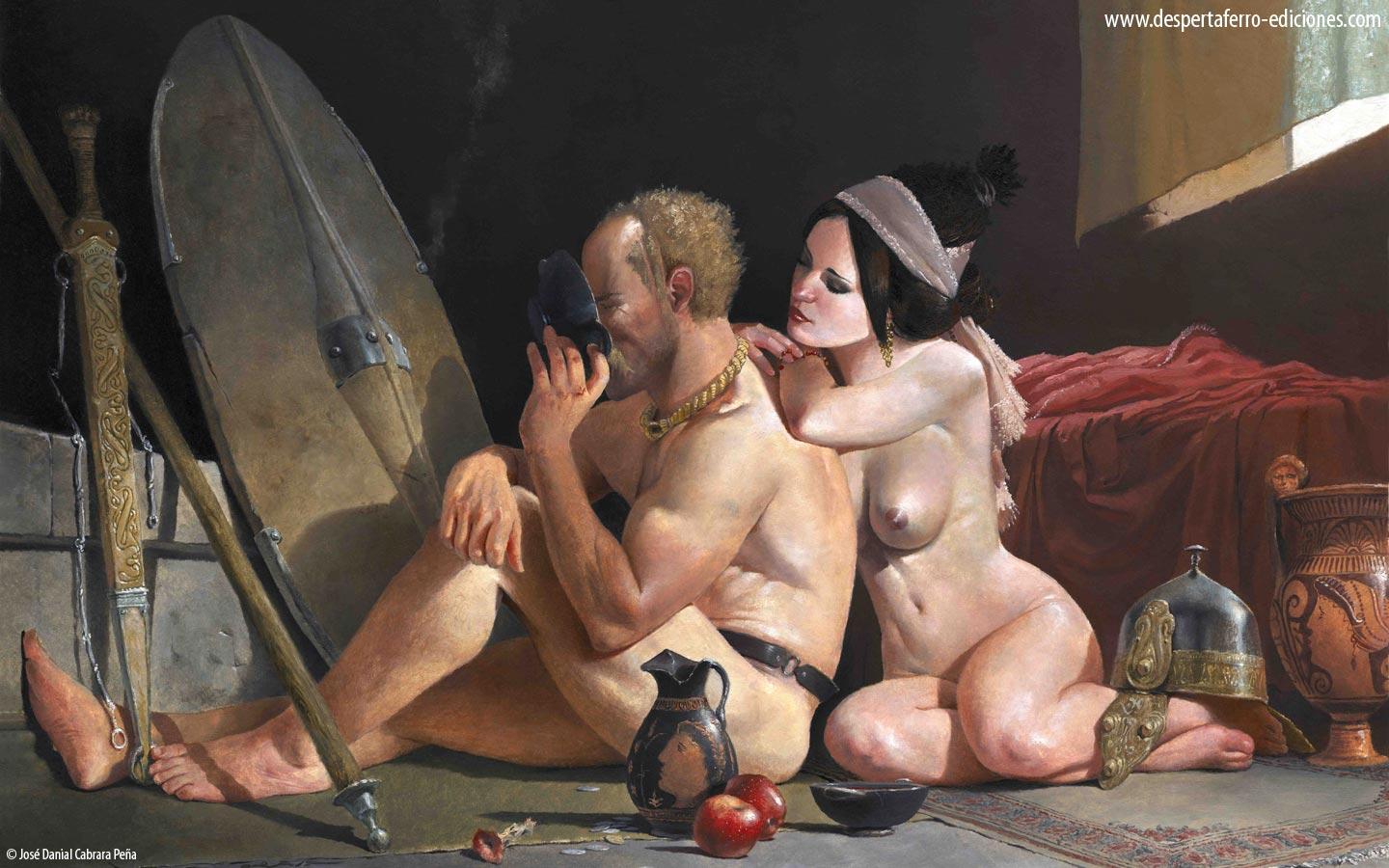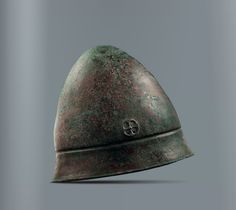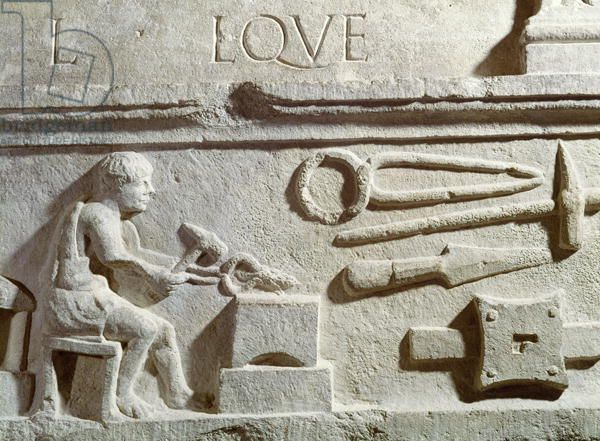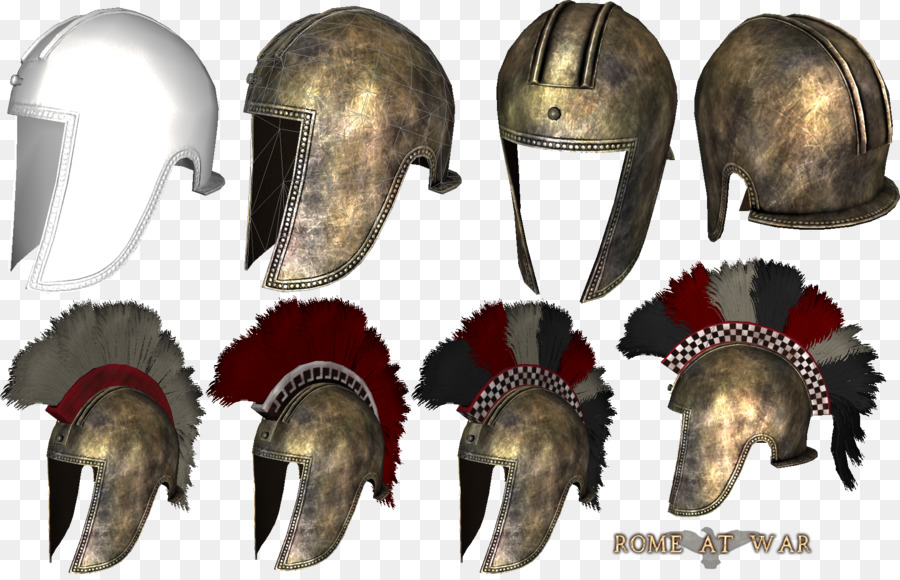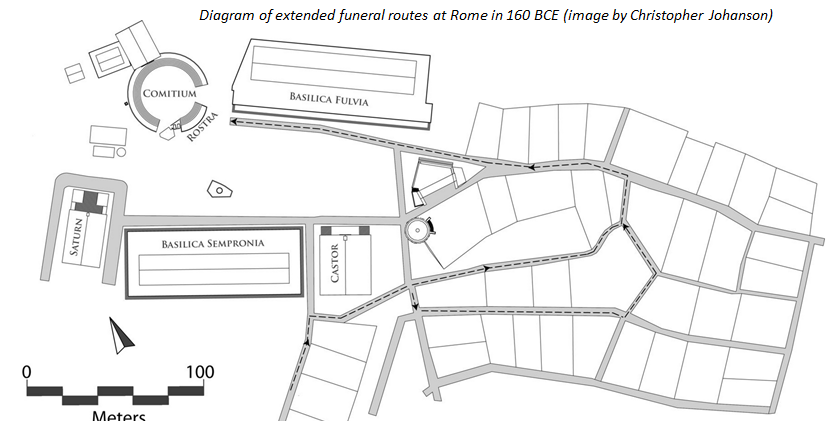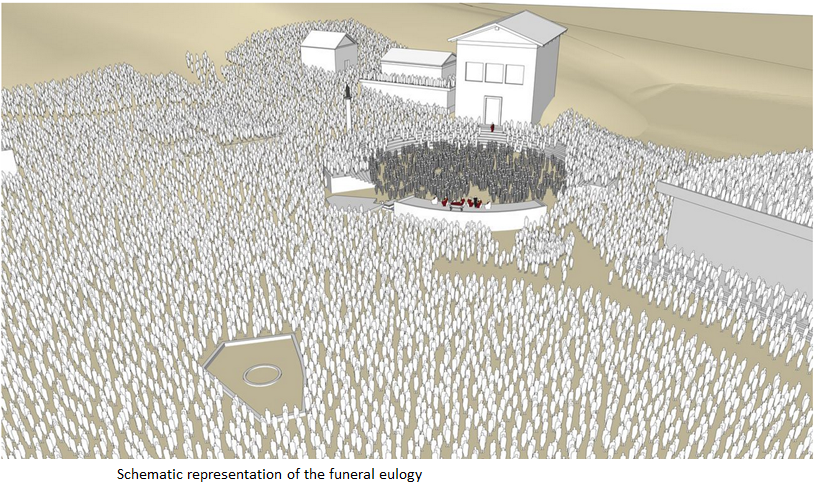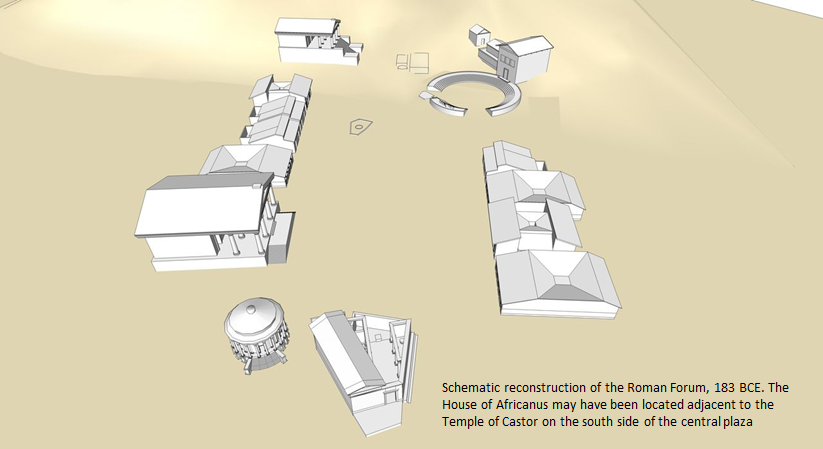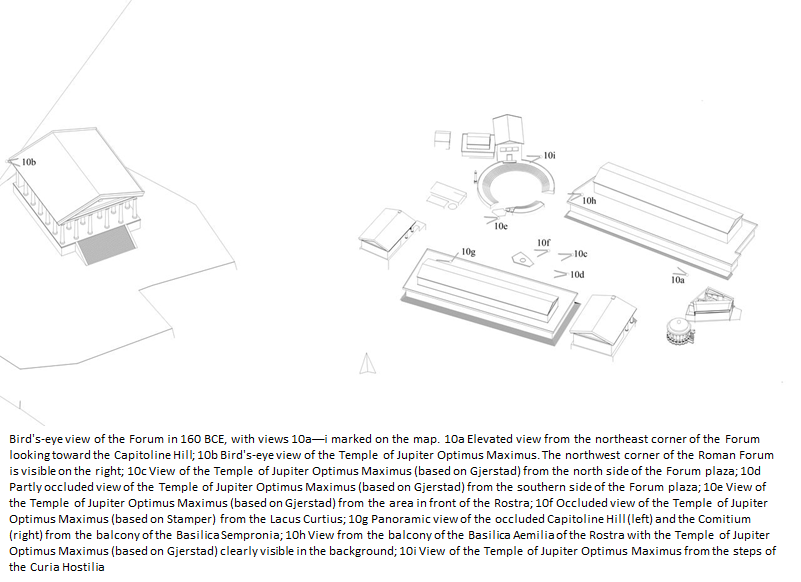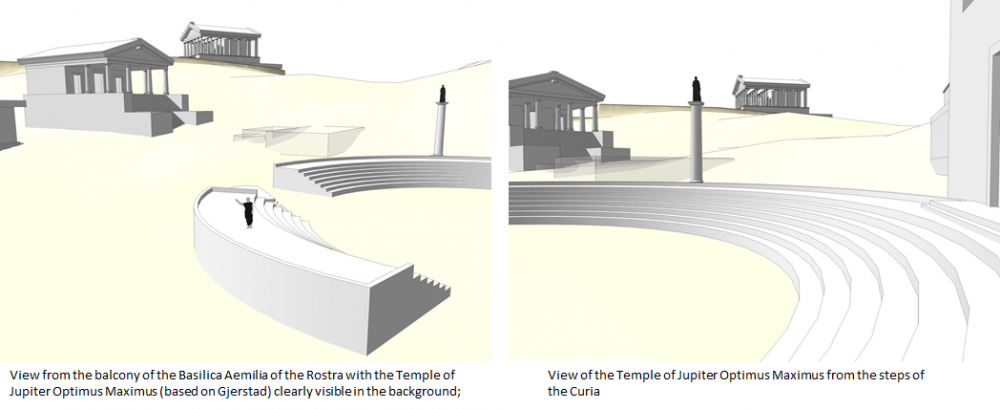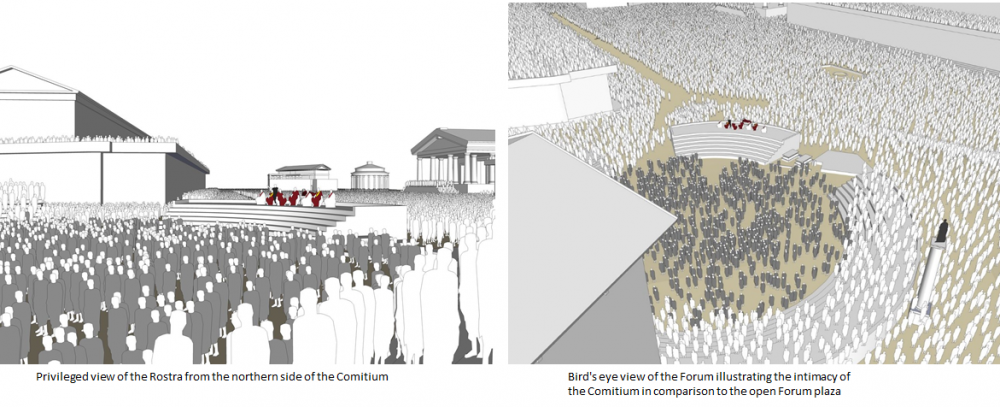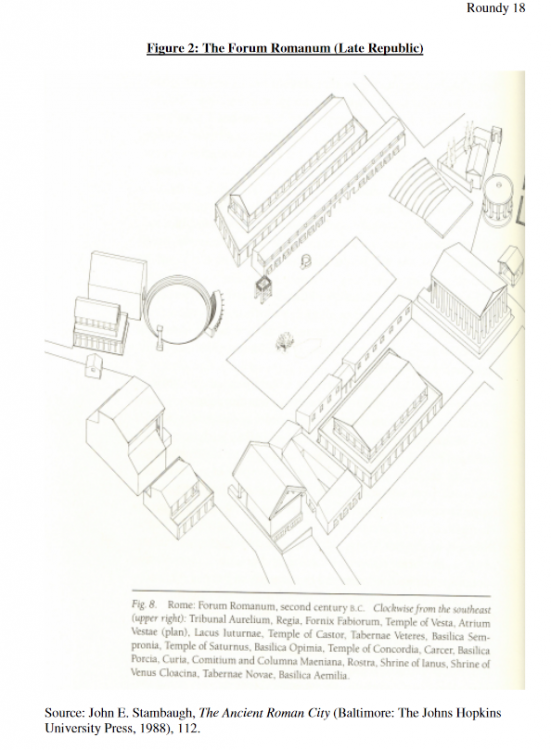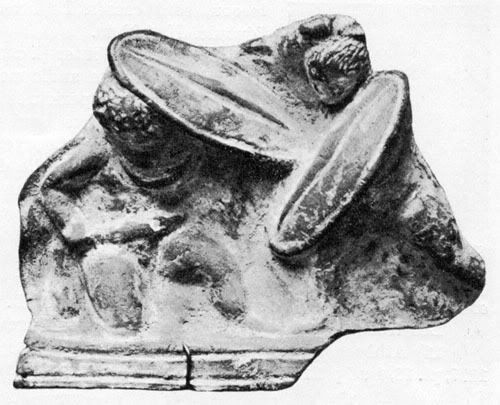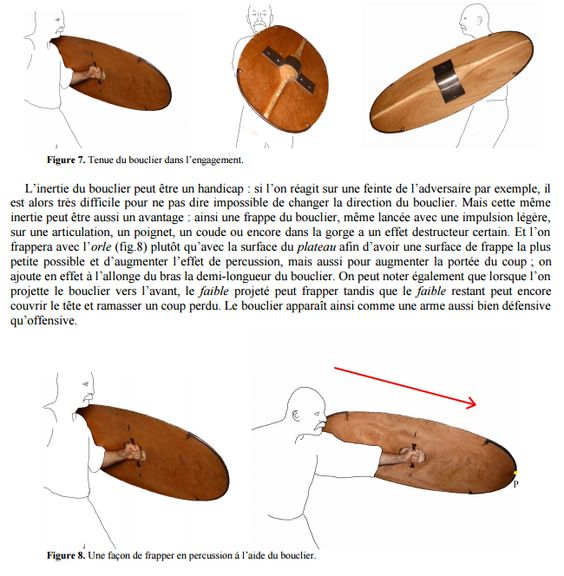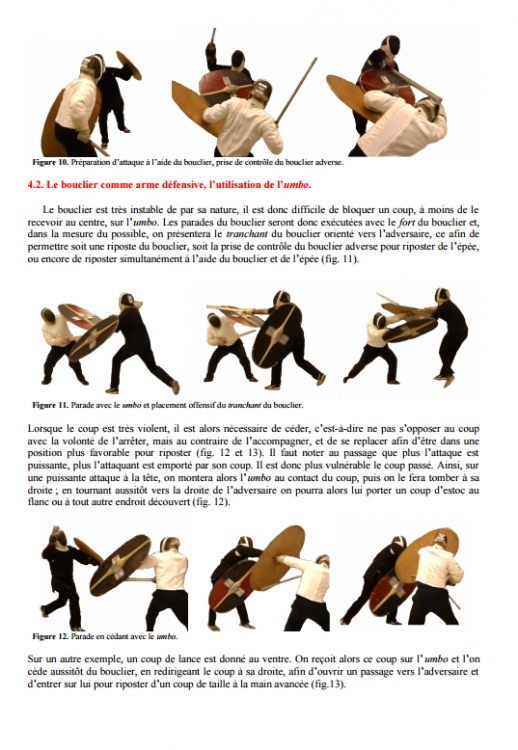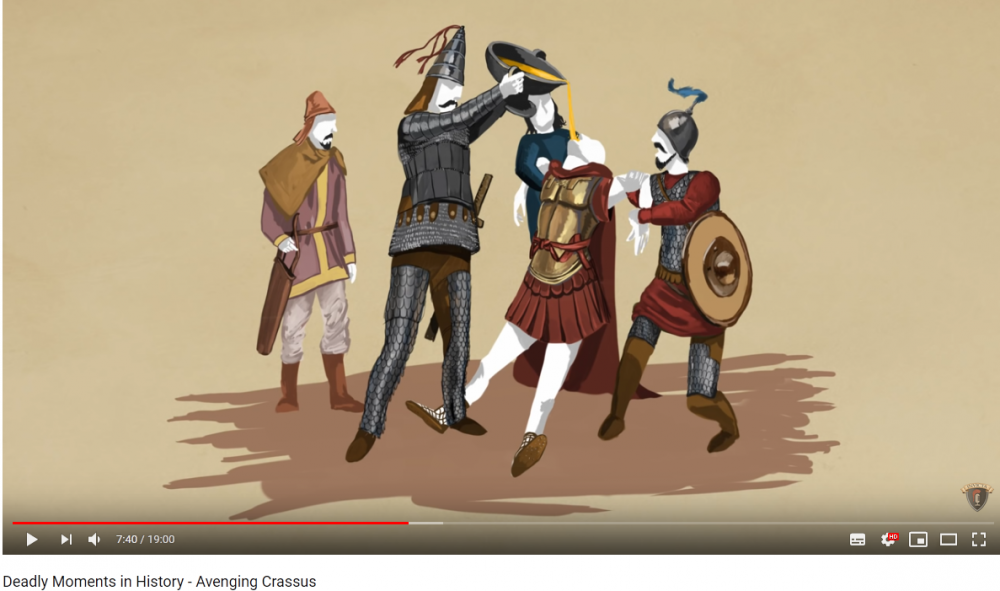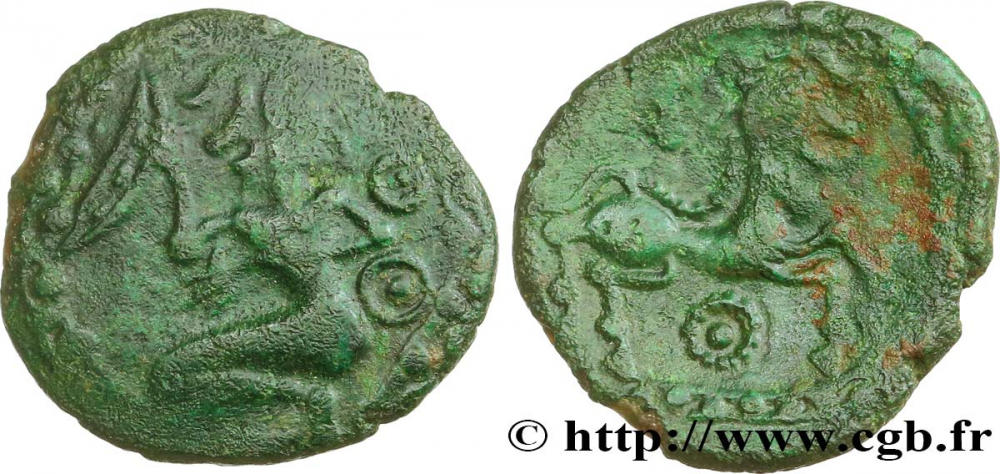-
Posts
2.401 -
Joined
-
Last visited
-
Days Won
82
Everything posted by Genava55
-
.thumb.jpg.b21ca1d0c15fb56b42c39b25a0a40815.jpg)
Total War Three Kingdoms
Genava55 replied to Lion.Kanzen's topic in Introductions & Off-Topic Discussion
Nothing related to Total War but I do not want to open a new thread for this: -
https://ulasnews.com/2019/05/23/unique-iron-age-shield-found-by-leicester-archaeologists/?fbclid=IwAR2YY3wSuYPhsS1v4ptpnzdJPfO5ppv3udSkGr6o2eZ66MRVmUKrt5YbAfg Bark shield and woven shield boss ;-) Edit: In French: https://www.geo.fr/histoire/en-angleterre-des-archeologues-decouvrent-le-premier-bouclier-de-lage-du-fer-fabrique-avec-de-lecorce-195815
-
.thumb.jpg.b21ca1d0c15fb56b42c39b25a0a40815.jpg)
The Kingdom of Kush: A proper introduction [Illustrated]
Genava55 replied to Sundiata's topic in Official tasks
I think you are correct. There are some reenactment of Roman blacksmith but there use also different hammers. I don't see exactly the same.- 1.040 replies
-
- civ profile
- history
- (and 5 more)
-
Small correction, a type of helmets depicted on Gallic coin are actually Greek coins from Massalia copied by the Gauls. I edited this :https://wildfiregames.com/forum/index.php?/topic/25184-task-current-issues-with-celtic-units-and-guideline-for-the-next/&do=findComment&comment=369025 About the roster: These ones are the concerned coins:
-
.thumb.jpg.b21ca1d0c15fb56b42c39b25a0a40815.jpg)
The Kingdom of Kush: A proper introduction [Illustrated]
Genava55 replied to Sundiata's topic in Official tasks
It is a bit too much modern, a bit too bulky, but this kind of hammerhead were in use during the Roman Imperial Era:- 1.040 replies
-
- 1
-

-
- civ profile
- history
- (and 5 more)
-
.thumb.jpg.b21ca1d0c15fb56b42c39b25a0a40815.jpg)
The Kingdom of Kush: A proper introduction [Illustrated]
Genava55 replied to Sundiata's topic in Official tasks
This is a common problem in the channel, most of their map are sh*t. When they talked about the skirmish around Geneva between Caesar and the Helvetii, they put the position of the oppidum at the other side of the Rhone and the bridge got misplaced after the conjunction with the Arve river... This is so f*cked up. Moreover, they used the map from Rome 2 TW as a reference for the position of the Gallic tribes... so naive. Furthermore, they are popularizing the myth that the Marian reforms existed as something written in the stone. Kings and Generals is of mediocre quality for the accuracy but some times in a few topics they give interesting information. This is only an introduction and clearly we should fact check their videos. I think they have an excessive productivity and are too much focused on releasing videos than verifying their sources. I saw they mostly worked with Osprey titles... which are really problematic on some topics. It seems they have a general problem with geography and for them "Africa" is only below Egypt I noticed too that they skipped the other part of North Africa.- 1.040 replies
-
- civ profile
- history
- (and 5 more)
-
.thumb.jpg.b21ca1d0c15fb56b42c39b25a0a40815.jpg)
===[TASK]=== Greek Unit Texture (General Thread)
Genava55 replied to wackyserious's topic in Official tasks
Probably they wanted to represent Celtic mercenaries in Africa, but zebra are not in North Africa, even during the Ancient Egypt. Same problem for giraff's pelts. And gosh, the bronze age helmet in iron Moreover all the belts are wrong, all the scabbards etc. -
.thumb.jpg.b21ca1d0c15fb56b42c39b25a0a40815.jpg)
===[TASK]=== Greek Unit Texture (General Thread)
Genava55 replied to wackyserious's topic in Official tasks
Interesting artistic ideas but for the Celtic part that I know the most, this is awfully wrong -
.thumb.jpg.b21ca1d0c15fb56b42c39b25a0a40815.jpg)
The Kingdom of Kush: A proper introduction [Illustrated]
Genava55 replied to Sundiata's topic in Official tasks
- 1.040 replies
-
- 2
-

-
- civ profile
- history
- (and 5 more)
-
.thumb.jpg.b21ca1d0c15fb56b42c39b25a0a40815.jpg)
Others RTS - Discuss / Analysis
Genava55 replied to Lion.Kanzen's topic in Introductions & Off-Topic Discussion
-
So let the women built the homes where they will spend the rest of their lives (joke)
-
You can garrison the citizen in the house to unblock him.
-
.thumb.jpg.b21ca1d0c15fb56b42c39b25a0a40815.jpg)
===[TASK]=== Greek Unit Texture (General Thread)
Genava55 replied to wackyserious's topic in Official tasks
Agrianes have been confused by ancient authors as Thracians, so maybe some thracian cape for the basic version could be useful. Moreover, Agrianes are Paeonians, and it seems that Paeonians used some illyrian helmets according to their coins: https://www.cgbfr.com/peonie-royaume-de-peonie-patraos-tetradrachme-sup-ttb-,bgr_469398,a.html So why not a mixture of pilos, thracian and illyrian helmets for the elite version? -
There are also a statue of Marsyas the satyr/silenus close to the subsellium and Columna Maenia, a statue of Publius Horatius Cocles and a Vulcanal (shrine of Vulcan) both close to the Lapis Niger. Bonus:
-
Basically, you already have understand the main points. To sum it up, the Rome's Comitium was rectangular until around 300 BC when it got circular stands/bleachers. Sadly, the stratigraphical record is difficult to interpret and the Comitium has been destroyed and rebuilt by Sylla in the 1st century BC. So the historians rely on the changes occurring in the Roman colonies to get hints about the date of its changes. Circular Comitium in colonized cities give a range of possible dates for the adoption of this architectural characteristic, like Cosa (273 BC), Paestum (273 BC), Alba Fucens (303 BC) and Fregellae (328 BC although debated). The author of the linked chapter suggests a narrow range by including the moment when Pythagorean ideas reach Rome and the tribes reforms by Appius Claudius in 312 BC. The two pictures you choose are the Comitium of Cosa and of Paestum. Here, from another publications, the Comitium from Alba Fucens and Fregellae. However, the historical representations of the second century BC Comitium in Rome, is a bit simpler: The Rome's Comitium is associated with the Graecostasis, Columna Maenia, Rostra Vetera and the lapis niger. Statues of Pythagore and Alcibiade are also mentioned.
-
This is mostly based on the Anabasis of Xenophon. He said that rhodian slingers reach the double than the Persian slingers and even more than most of the Persian bows.
-
Only with lead bullets.
-
Outside some clear issues as the slingers efficient against structure and lance cavalry against infantry, how battalions will fit in this? In the long term, if it will be implanted, this framework won't survive.
-
.thumb.jpg.b21ca1d0c15fb56b42c39b25a0a40815.jpg)
Fighting techniques references
Genava55 replied to Enrique's topic in Tutorials, references and art help
-
Another shield is good enough. Both Gauls and Britons have their own shields now, even medium ones. The others possibilities are symbols painted and wooden figures, animal and human heads, weapons (spears notably) etc. It is up to the artists because nothing is really settled on this matter. There are evidence for painted walls. There are evidences for wooden figures against walls (as in Manching), for human heads and weapons as trophee. But the context is lacking.

